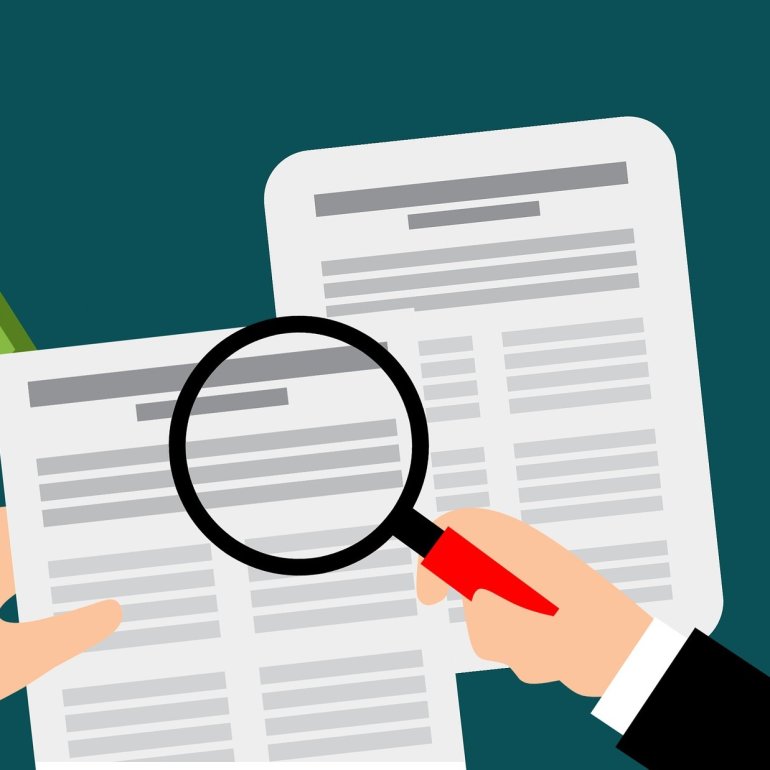
POPs Announcement - EURL Proficiency Test on the Determination of PCDD/Fs, PCBs, PBDEs and HBCDDs in Olive Oil 2026
14.01.2026This proficiency test (PT) on the determination of PCDD/Fs, PCBs, PBDEs and HBCDDs in Olive Oil is organized by the EURL for halogenated POPs in Feed and Food to be performed between February and April 2026. The objective is to assess analytical performance of laboratories and inter-laboratory comparability of results from analyses of PCDD/Fs, PCBs, PBDEs and HBCDDs in one sample of live Oil. National Reference Laboratories (NRLs) for halogenated POPs in Feed and Food from EU member states are requested to participate as part of their work programme for 2026. NRLs are invited to encourage the participation of Official Laboratories (OFLs) from their member states as part of their duties following Article 101 of regulation (EU) 2017/625 of the European Parliament and of the Council of 15 March 2017. Furthermore, participation of OFLs will allow the extension of the data basis for calculation of assigned values and evaluation of results. Official laboratories and commercial laboratories performing the analysis of samples taken by food business operators are invited to participate in this interlaboratory study. First results will be discussed by representatives of European Commission, NRLs and the EURL at the EURL/NRL online workshop in May 2026.




















